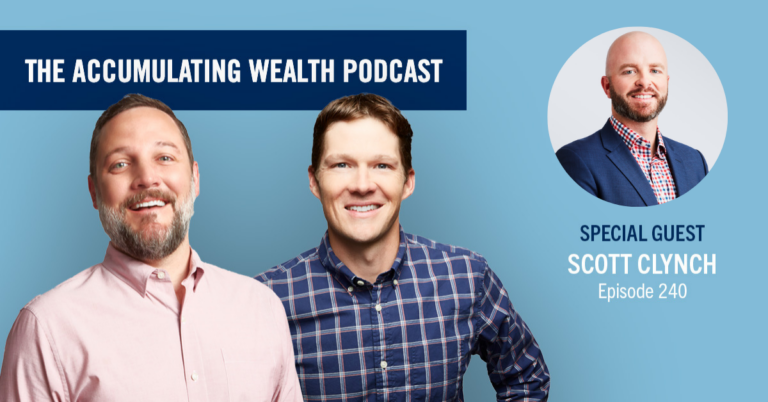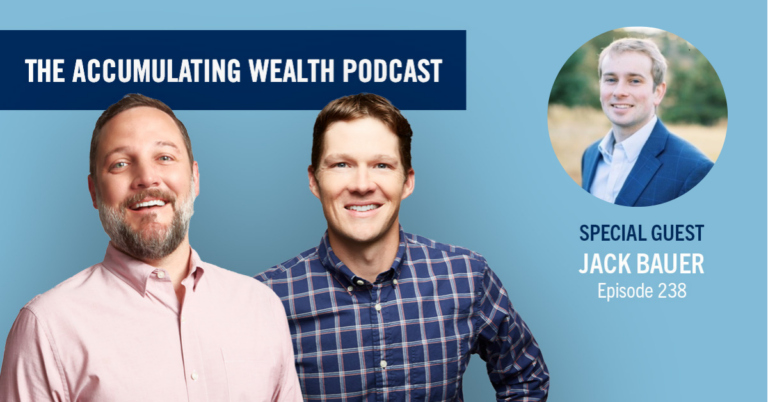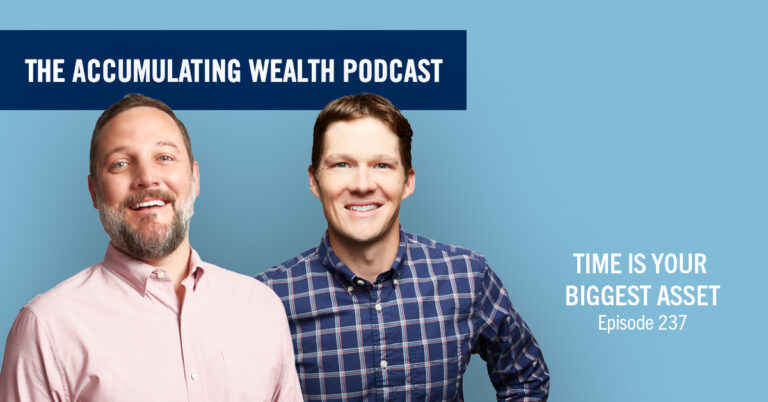Published September 9, 2015
 Digital News Investments Editor Brad Sanders breaks down what last week’s jobs report means for interest rates and how a stronger dollar might actually spell trouble.
Digital News Investments Editor Brad Sanders breaks down what last week’s jobs report means for interest rates and how a stronger dollar might actually spell trouble.
Last week, The Bureau of Labor Statistics released August’s non-farm payroll report showing non-farm private employment rose less than expected — 173,000 jobs were gained versus the estimated 217,000. This likely means that a September interest rate hike is off the table. What the Fed will do in December, we don’t know, but regardless of when they decide to increase rates, we’re probably only talking an increase of about .25 percent, from the current rate of near zero percent. Monetarily speaking, it’s inconsequential. The move itself, however, has two very important aspects and related implications that go far beyond your wallet.
A New Narrative for Investors?
As mentioned, domestically, a .25 percent hike in rates doesn’t really move the needle for the monetary system. What’s important though is that if this happens it will be our first move off of zero percent since 2008, and our first move off of a zero percent Fed funds rate in history. So what happens when they pull the trigger? There’s no data for this, and we’re all basically flying blind, but imagine with me. What if the markets are so emboldened by Fed policy that they’ve come to expect constant easy money, and heavily reliant upon low rates to continue going higher? While a move of .25 percent may be meaningless on one side of the ledger, aren’t we running the risk of investor sentiment switching from, “The Fed has our back”, to “The party is over. Let’s go home.”? This would be the kind of shift that could cause the market to price in several rate hikes at once, which would mean lower equity prices, and a stronger dollar.
A Strong Dollar’s Downside.
Globally, this is a big problem because for emerging markets and commodities, the absence of quantitative easing and the threat of a Fed rate hike is a scary proposition. Why? While the Fed was printing money and keeping rates low, emerging market countries were able to borrow in dollars very cheaply and fund growth. Now the trend has reversed, and they are scrambling to bridge funding gaps, contain credit, and to keep their own currencies in line. Brazil and China are the two most prominent examples of this problem. A further strengthening of the dollar due to a rate hike may put even more pressure on emerging markets. It may also create the need for China to devalue their currency even more, which is what kicked off this current round of market turmoil.
Three Times We’ve Been Here Before.
Manipulating currencies and markets of any kind is a dangerous game. While the Fed has gotten very creative to ensure an economic recovery post 2008, they tend to be poor predictors of investor behavior. Just look at history – The Great Depression, the housing bubble, fueling the tech bubble – all because investors took the ball and ran too far. All along the Fed thought the plays they were calling made perfect sense, and were sadly mistaken.
Focusing on fundamentals is paramount to compounding wealth – bottom line. When policymakers influence investors’ risk-taking in their portfolios, we’ve got problems. How often does history repeat itself?














